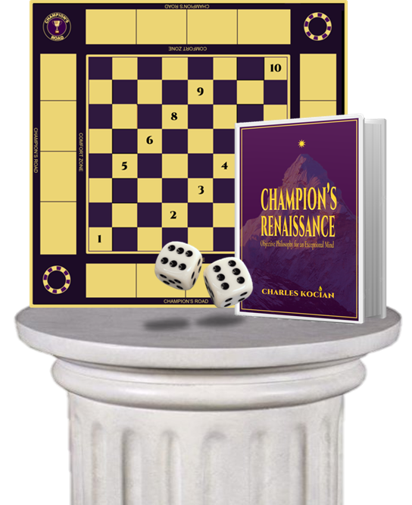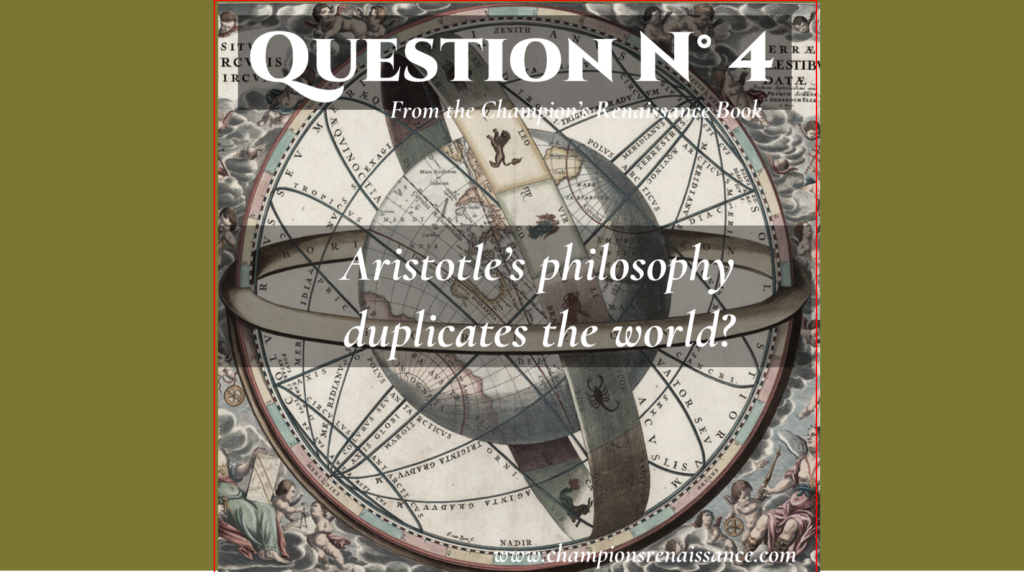
(Answer at the end).
Starship to Mars
By Charles Kocian
Plato believed in another world, but he said, it is immaterial and exists in another dimension. Although Aristotle was his student, he begun to doubt it. In astronomy, Plato proposed that the stars formed the outermost crystal sphere, followed by the planets, the sun, the moon, and the spherical earth at the center.
Aristotle’s own model was a development of Eudoxus who had also studied with Plato. It also had a series of concentric transparent spheres rotating on different axes with a stationary Earth.
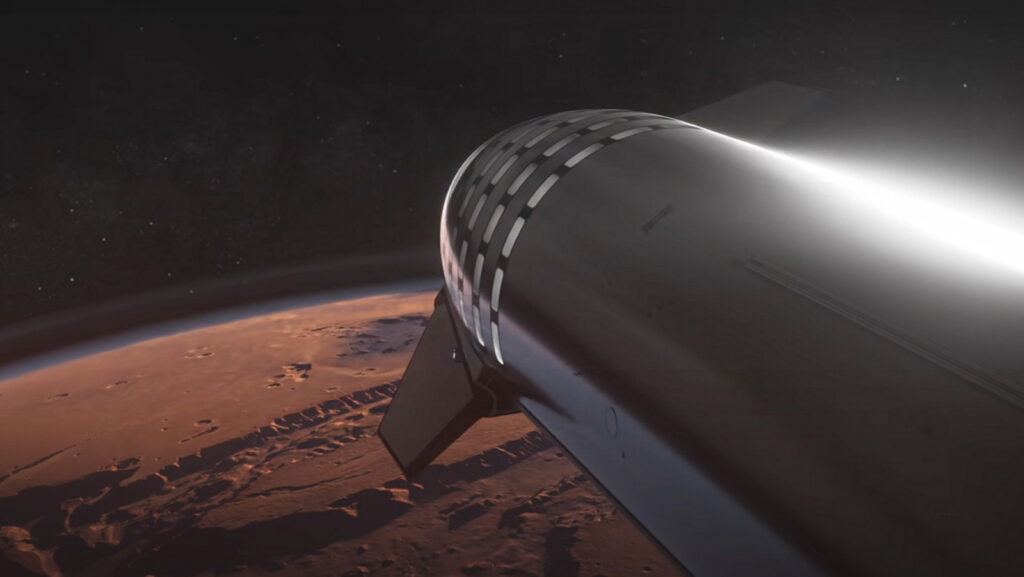
Starship arriving in Mars.
But Elon Musk and the engineers of SpaceX knows that this giants of knowledge where wrong.
When human curiosity starts with wrong premises, errors and superstition, pseudoscience occurs. And when facts contradict theory, unfortunately, facts are denied. That happened to Claudius Ptolemy (100 – c. 170 AD) the astronomer who wrote an astrological treatise in which he attempted to adapt horoscopic astrology to the Aristotelian natural philosophy of his day.
Ptolemy was a great man and a great mathematician, but his Ptolemaic geocentric model had some problems. The first big problem with the geocentric model was the retrograde motion of planets, like Mars.
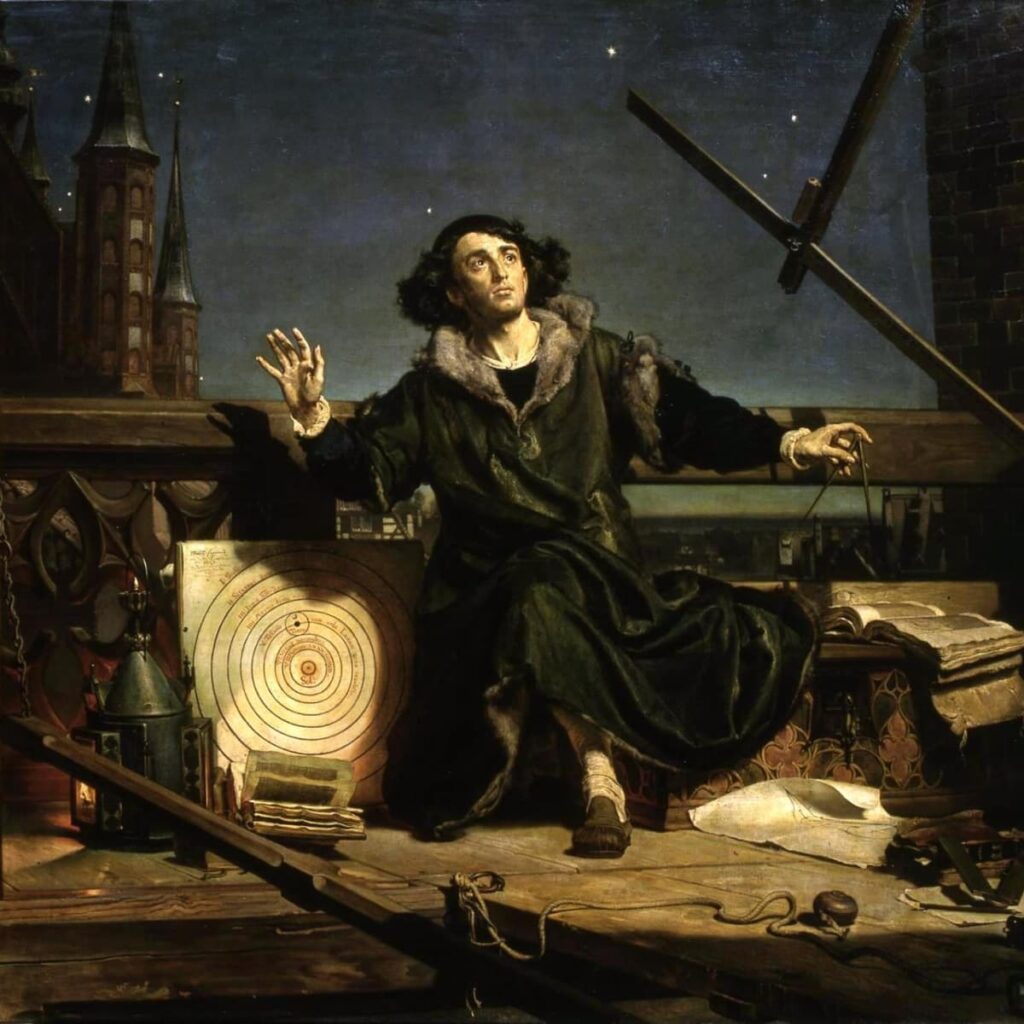
Nicolas Copernicus and the Heliocentric Model.
It was a long way for humanity to realize the heliocentric model. This illustrates the beauty of the scientific process that begins with a model and, after collecting more data, man change the model. Nothing personal: everybody wins. It was Nicolaus Copernicus who wrote: De revolutionibus orbium coelestium, “On the revolutions of the heavenly bodies,” which appeared in 1543 in the Renaissance.
Copernicus began to write it in 1506 and finished it in 1530, but did not publish it until the year of his death.
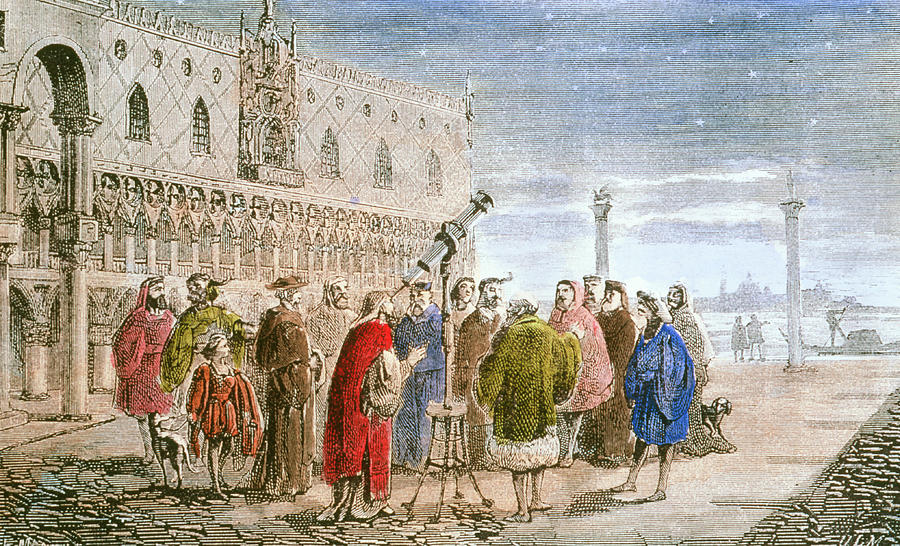
Galileo in an astronomy demonstration in Venice.
Galileo supported the heliocentric theory of Copernicus and with the invention of his telescope he observed the movements of the planets. He collected new astronomical data that changed everything. He concluded that the Sun was the center of the solar system and that all the planets, including Earth, where moving around the sun.
Four centuries ago, the heliocentric model was so controversial that the Catholic Church classified it as a heresy and punished Galileo. But the Vatican formally cleared Galileo of any wrongdoing in 1822, when it was common knowledge that the Earth was not the center of the Universe.
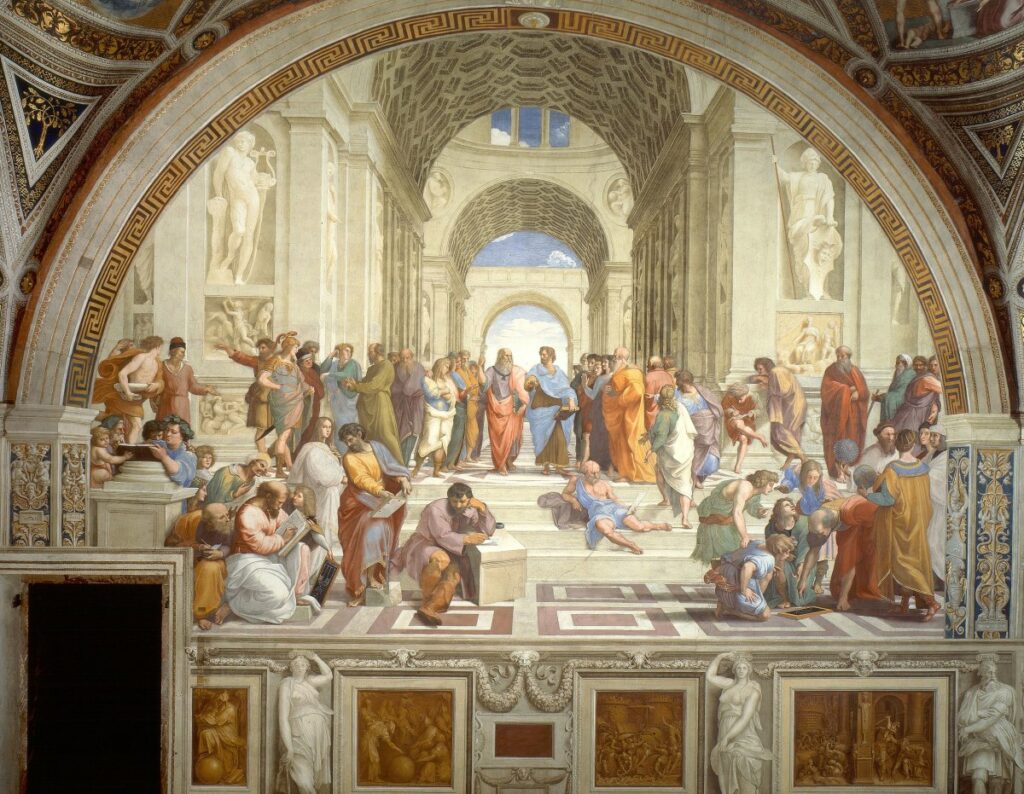
The School of Athens painting.
Plato’s idea of two worlds, one material and another immaterial, has always helped the shepherds to rule the sheep; Aristotle’s ideas, has always led the scientist, although he was wrong about the heliocentric model.
CONCLUSION
The conclusion is that science can accept errors and grows its knowledge with new perceptual data. Science is full of curiosity and emotion of wonder. It derives from reason and the observable world. It delights discovering the beauty of the laws of nature.
Soon humanity will have a second world, in Mars. This world is not invisible nor immaterial. Humanity, not very far away in time, was still in the trees eating bananas; soon, will be in Mars, perhaps cultivating bananas.
Aristotle has been one of the great men of humanity. He defined man as a “rational animal” and, until this day, that definition is correct. His greatness begun when he decided to think by himself and challenge his master.
Reason is the soul of man and, when he decides to think with the finest concepts, he becomes an exceptional mind.
(Now answer to question 4).
QUESTION N° 4
Aristotle’s philosophy duplicates the world.
a) True
b) False
It is false.
Aristotle said the opposite. For him it only exists the material world. He also calls it the sensible world, the world we can perceive with our senses.
Leave your comments here.
